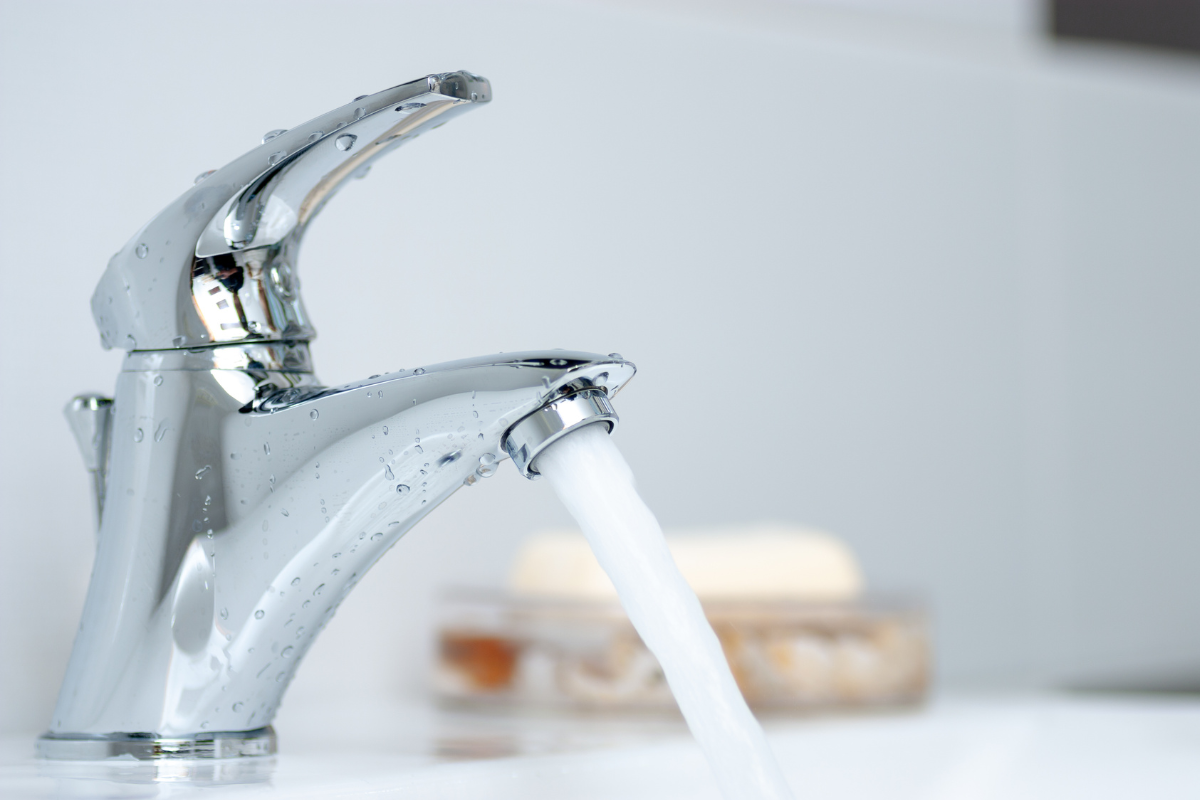Pharmaceuticals in Water
Pharmaceuticals in Water
Lately, we've seen a growing concern about the occurrence of pharmaceuticals in water bodies, and more specifically in community drinking water.
Source of pharmaceuticals in streams
In a 2004 to 2009 U.S. Geological Survey (USGS) study, scientists found that pharmaceutical manufacturing facilities can be a significant source of pharmaceuticals to the environment. Effluents from two wastewater treatment plants (WWTPs) that receive discharge from pharmaceutical manufacturing facilities (PMFs) had 10 to 1,000 times higher concentrations of pharmaceuticals than effluents from 24 WWTPs across the nation that do not receive PMF discharge. The release waters from these two WWTPs were discharged to streams where the measured pharmaceuticals were traced downstream, and as far as 30 kilometers from one plant's outfall.
The source of pharmaceuticals in water is not just from manufacturing plants. You probably know that antibiotics and drugs are used in the livestock industry, and for streams receiving runoff from animal-feeding operations, pharmaceuticals such as acetaminophen, caffeine, cotinine, diphenhydramine, and carbamazepine, have been found in USGS studies. Another source of pharmaceuticals in stream water is you and me. Essentially, drugs that people take internally are not all metabolized in the body, and the excess ends up in our wastewater leaving homes and entering the sewage-treatment plants. It might sound surprising that these drugs could be detected in streams miles downstream from wastewater-treatment plants, but many plants do not routinely remove pharmaceuticals from water.
The Flow of Pharmaceuticals Many of the more than 4,000 prescription medications used for human and animal health ultimately find their way into the environment. They can pollute directly from pharmaceutical manufacturing plants or from humans and animals. As these chemicals make their way into terrestrial and aquatic environments, they can affect the health and behavior of wildlife, including insects, fish, birds, and more.

What does Emerging Contaminants mean?
“Emerging contaminants” is kind of this umbrella term that refers loosely to a wide variety of contaminants which presence in the environment has long been suspected, but which we have only recently verified due to improvements in analytical techniques.
"Emerging contaminants" covers several broad classes of contaminant compounds that are loosely categorized according to their ecological impacts or their intended function, or their sources.
What do Emerging Contaminants include in drinking water?
These can include pharmaceuticals and personal care products, organic wastewater compounds, antimicrobials, antibiotics, animal and human hormones, endocrine disrupting compounds, as well as a variety of domestic and industrial detergents. What you need to remember about emerging contaminants is what's emerging about them.
Our awareness of their potential environmental impacts in the environment and our ability to actually detect these compounds. Many of these contaminants have been in the environment for a long time.
The USGS Toxic Substances Hydrology Program has been conducting a variety of national surveys over the past decade. And the results of these various studies indicate that emerging contaminants are actually widespread in the environment, and they are found in rivers and streams across the nation. They are also found in groundwater systems. One will find these contaminants more frequently in urban centers, but just because you live in a rural area, that doesn't mean you're free from them. Also, in rural areas the worst part is there is no readily obvious source for Emerging Contaminants.
Where do Emerging Contaminants come from?
They are coming from us. Most of these compounds are produced either naturally or largely manufactured for use in and by people. For health applications like drugs, antibiotics synthetic hormones, you know for personal and domestic use like perfumes, antibacterial soaps and detergents.
Everyday ingredients in products, domestic and industrial products. For farming applications, antibiotics and hormones are commonly used in cattle and in livestock operations. So given the wide range of emerging contaminants and the wide range of sources and uses, obviously there are several different ways that they can end up getting into the environment, and into the streams and rivers in particular. The obvious source, and the one most people pay attention to too is via the human waste stream and municipal wastewater treatment facility outfalls directly into stream systems.
So, are there pharmaceuticals in drinking water?
Certainly this is the one most people are aware of but there are a number of other sources out there, for example, industrial wastewater treatment plants also release emerging contaminants into rivers and streams.
Septic systems, privately owned septic systems, are releasing emerging contaminants into the groundwater system. It's all dependant on how close the groundwater system and the release point is to a surface water body, this groundwater contamination can make its way to rivers and streams.
Animal operations, particularly so-called "concentrated animal feed operations," are another poorly recognized but certainly a major concern to the scientific community. Because in contrast to the human waste stream which is fairly closely monitored, animal waste stream is not monitored, and we expect that the contribution to the environment from this source is going to be major, perhaps even greater than the wastewater treatment plants.
If you believe your drinking water isn't as clean as you really want it, call Water Pros immediately, our belief is that everyone has access to good clean drinking water. The ability to have clean drinking water from every faucet is out there, Water Pros is proud to use systems made right here in the USA. Give us a call and we'll happily come to your location and run a water test. Feel confident you've got the best water for your whole family.









